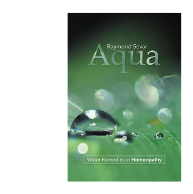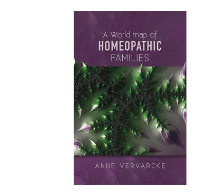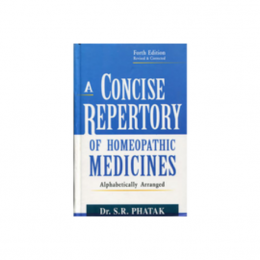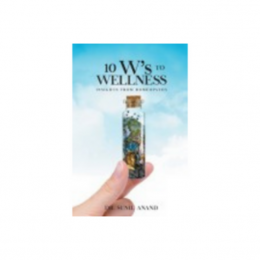Aqua by Raymond Sevar
Water is astonishing: ocean, glacier, snowflake, rainbow and essential to every living thing on our planet. This book presents the Aqua as a coherent family of homeopathic remedies with clearly defined themes, keywords, vital sensations & symptom patterns. The symptom patterns vary with the degree of mineralisation, from the highest (Dead Sea Water and Aqua Marina) to the lowest (Aqua Destillata - distilled water), yet the themes and vital sensations remain the same. We all use water words that encapsulate what water is and does and means to us. Water words are embedded in our psyche and our cultures, yet those who need an Aqua remedy use them much more frequently than others, especially to describe their symptoms. This book lists the water words to listen out for during a consultation. A chapter on related remedy families shows the varying degrees of relationships with single remedies & families, the closest being Fish, Gemstones, Lanthanides, Sarcodes, Birds, Energy (aka ‘Imponderables’) and Asteraceae. Clinical cases are presented throughout and useful heuristics with the most common clinical presentations of illness in Aqua cases are highlighted. The chapter on Aqua and the Miasms illustrates each miasm with its Aqua words.







